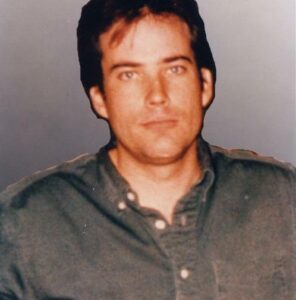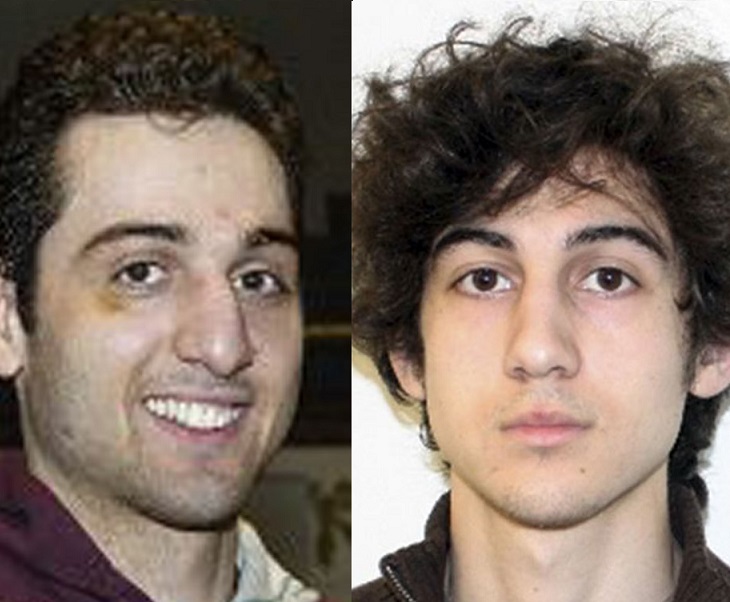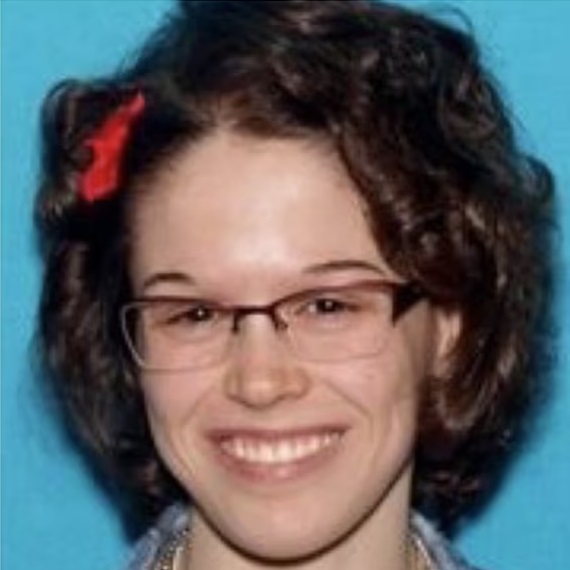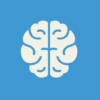Homegrown terrorism, also called “domestic terrorism,” is when acts of terror happen inside a country but against its own people. There is no generally agreed-upon definition of terrorism. However, terrorism is defined legally and scientifically as the unlawful use of intimidation and/or violence for ideological or political aims.
There is no federal law making domestic terrorism a crime in the United States, so the government cannot prosecute anyone for it. However, this has not prevented people from publicly condemning the perpetrators and demanding strict enforcement of the law where warranted.
There have been many acts of terror in the United States over the past few decades. Such acts were typically motivated by extreme ideological or political thoughts.
This article details six of America’s most notorious terrorists and the research into them.
Timothy McVeigh

In 1995, the Alfred P. Murrah Federal Building in Oklahoma City, Oklahoma, was the subject of a deadly act of domestic terrorism. The cause: radical political thoughts.
Throughout 1992, McVeigh communicated with local newspapers about economic and governmental mismanagement with respect to taxation. A Democratic New York representative was also contacted. He expressed hatred toward anti-conservative views, espousing a conspiratorial system of thinking.
McVeigh’s anti-governmental rhetoric and his past experience in the U.S. armed forces were some of the most well-known precursors to the bombing, which led to the deaths of more than 160 people, including 19 children. He was executed on death row in 2001. Terry Nichols, his accomplice, is currently housed at ADX Florence.
Eric Robert Rudolph

Eric Rudolph was born on Merritt Island in Florida. He led a seemingly normal life before being discharged from the United States Army in 1989 due to cannabis use.
The Bureau’s Ten Most Wanted Fugitives list included Rudolph by 2008. He was dubbed the “Olympic Park Bomber” after he was accused of carrying out a string of bombings across the United States, which claimed the lives of two people and injured more than a hundred others.
Rudolph was apprehended in 2003 after a long pursuit. As of 2023, he continues to be a prisoner at ADX Florence. It was believed that Rudolph’s preoccupation with white supremacist and extremist groups may have sparked his initial interest in committing the acts of terror.
Dzhokhar and Tamerlan Tsarnaev
 On April 15, 2013, two brothers of Chechen descent planted pressure cooker bombs at the Boston Marathon race in eastern Massachusetts. The bombs were planted 190 meters apart, resulting in three fatalities and hundreds of injuries. A police officer from MIT was killed during a search for the perpetrators. After being shot by law enforcement, one of the suspects was killed, while the other was apprehended.
On April 15, 2013, two brothers of Chechen descent planted pressure cooker bombs at the Boston Marathon race in eastern Massachusetts. The bombs were planted 190 meters apart, resulting in three fatalities and hundreds of injuries. A police officer from MIT was killed during a search for the perpetrators. After being shot by law enforcement, one of the suspects was killed, while the other was apprehended.
At least one American authority was on the scene prior to the attacks amid a tip-off from Russian intelligence. Dzhokhar and Tamerlan Tsarnaev were the names of the two brothers. The younger brother, Dzhokhar, was also a suspect in a series of murders that occurred in Waltham, Massachusetts, before the Boston Marathon. Dzhokhar is currently being held at ADX Florence while he awaits execution.
Dzhokhar’s family were immigrants from Russia. It was believed that Dzhokhar’s father held extremist views. Dzhokhar himself became interested in Chechen history, the civil war in Syria, and the propaganda of a radical Sunni Islamist terrorist organization. Radical political thoughts were blamed for their acts of terror.
Dylann Storm Roof
 Dylann Roof, a young man from South Carolina, committed the hate crime that became known as the Charleston church shooting. Nine people, all African Americans, were killed in a shooting at Emanuel African Methodist Episcopal Church. One of the victims was a state senator, and another was a prominent pastor.
Dylann Roof, a young man from South Carolina, committed the hate crime that became known as the Charleston church shooting. Nine people, all African Americans, were killed in a shooting at Emanuel African Methodist Episcopal Church. One of the victims was a state senator, and another was a prominent pastor.
Roof’s extremist imagery was featured on a website he ran called The Last Rhodesian. His anti-black bigotry was also laid out in a manifesto. Before the shooting at the church, Roof had a track record that included drug abuse, unauthorized trespassing, and gun possession.
Experts believe Roof became a white supremacist after joining groups with similar views. He may have become more radicalized on his own. The shooting was attributed to his radical political thoughts.
James Alex Fields
 In August of 2017, a hit-and-run driver in Charlottesville, Virginia, injured dozens of people who attended a rally to show support for far-right demonstrations. James Alex Fields Jr., then 20 years old, drove his Dodge Challenger into the peaceful protesters at the rally, ending the life of 32-year-old rally attendee Heather Heyer.
In August of 2017, a hit-and-run driver in Charlottesville, Virginia, injured dozens of people who attended a rally to show support for far-right demonstrations. James Alex Fields Jr., then 20 years old, drove his Dodge Challenger into the peaceful protesters at the rally, ending the life of 32-year-old rally attendee Heather Heyer.
Fields received a life sentence with no chance of release. However, before his sentencing, Fields was thought to have been a productive member of society, holding down jobs as a security guard in Ohio and at a local grocery store. Fields was administered tranquilizers in his teenage years as a means of anger management and prevention.
Fields’ radical political thoughts, which included white supremacist and neo-Nazi ideals, were blamed for the act of terrorism.
Audrey Hale
 A woman, age 28, dressed as a man and opened fire inside The Covenant School in Nashville, Tennessee. It was a planned and deliberate attack on a private Christian school. There were three adults and three young children who lost their lives in the mass shooting.
A woman, age 28, dressed as a man and opened fire inside The Covenant School in Nashville, Tennessee. It was a planned and deliberate attack on a private Christian school. There were three adults and three young children who lost their lives in the mass shooting.
In the years before the crime, the shooter, a woman named Audrey Hale, began to assume the name and identity of the opposing sex. Transgenderism, which is the ideology behind this incident, is closely associated with extreme ideological and political thoughts as well as clinical psychopathology (e.g., dissociation and hallucinations). The ideology stems from the LGBT movement, which is a socio-political movement with its own flag and a history of violent uproars.
It is likely that the act of terror at The Covenant School was caused by radical ideological thoughts related to the social phenomenon of transgenderism. The reconnaissance conducted beforehand and the killing of multiple victims rather than a lone suicide are both consistent with this attribution.
The Research
Many acts of terror often begin with traumatic stimuli that trigger a search for identity that is satiated by extremist narratives. This is especially true of criminals who have been influenced by extreme political ideas.
Despite widespread belief to the contrary, research has found the correlation between mental illness and terrorism to be weak. And there is little evidence that poverty, incompetence, a lack of social responsibility, a criminal past, or access to firearms contribute to terrorist acts.
Multiple explanations for terrorism, such as exposure to violent media and notoriety, have emerged from research.
It is widely believed that violent media may increase the likelihood of perpetration. Notoriety may inspire copycat behavior, serving as a strong causal factor in domestic terrorist acts, especially mass shootings.
Copycat crime remains encompassed within broader theories of crime, most notably social learning, and when it is considered, it is often portrayed as an unusual, high-profile subset of general crime.
Much more research is needed on why domestic acts of terror occur and how to prevent them.


